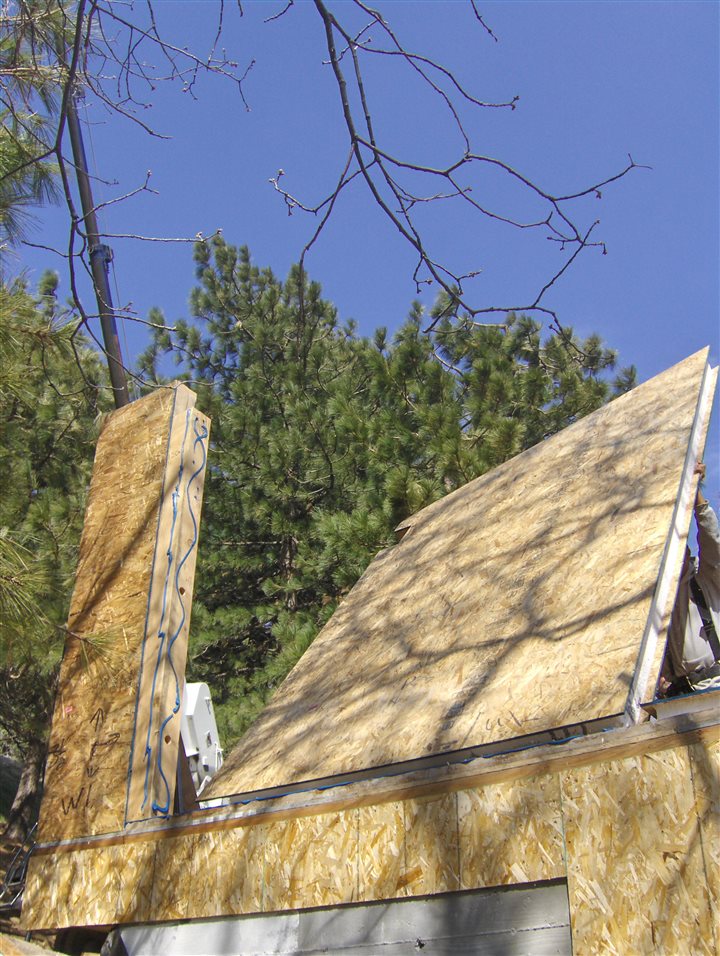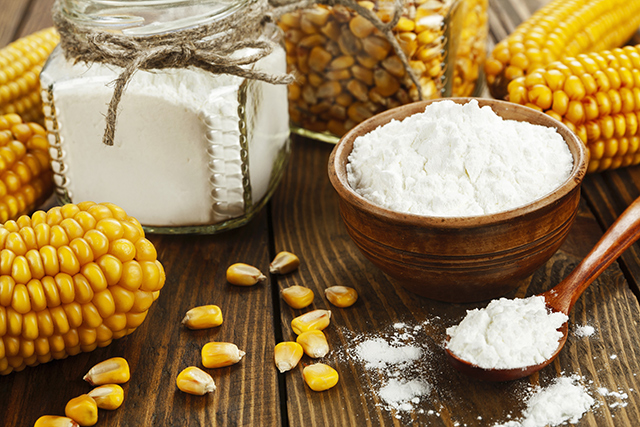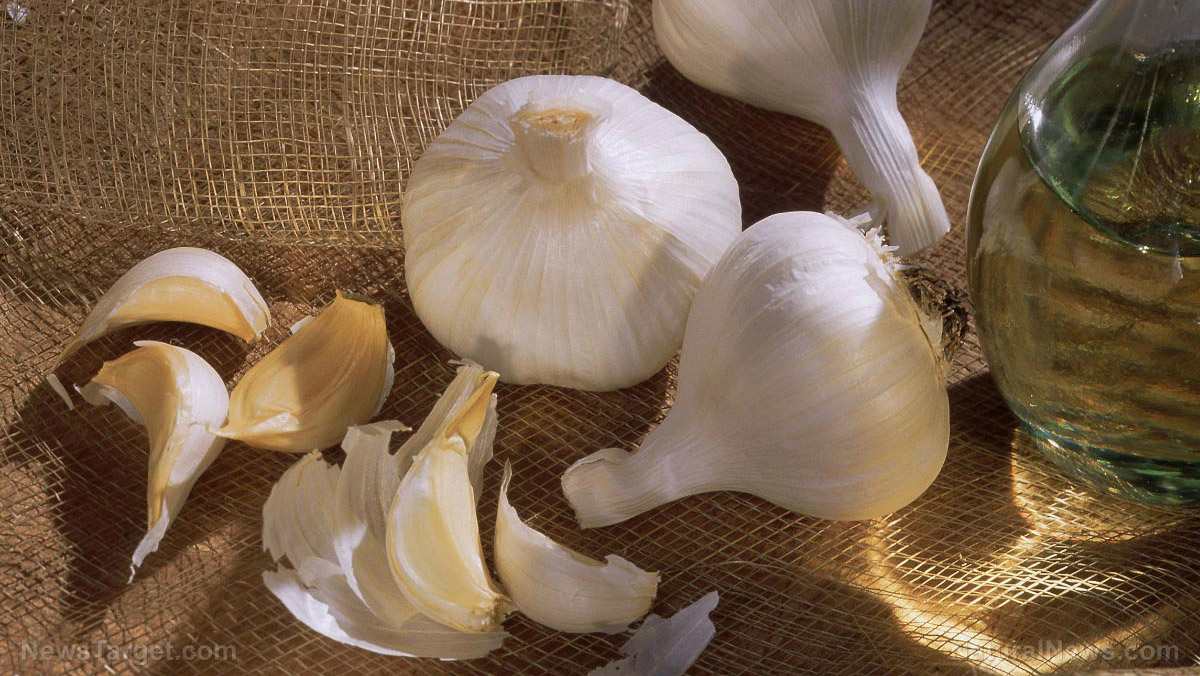Save big on home heating, cooling costs with this building method
04/11/2016 / By usafeaturesmedia

(Homesteading.news) (BPT) – If you are planning to build a new home or add on to your existing home, you likely take for granted that it will be constructed with “sticks.” For more than 100 years, homes in North America have been built using hundreds of individual pieces of lumber, wall studs, floor joists and similar framing pieces.
Although so-called “stick-built” homes are the norm, the resulting walls and roofs are notoriously drafty and difficult to insulate well.
As homeowners become more interested in saving on home heating and cooling costs, more are turning to higher performance building methods, such as structural insulated panels (SIPs). SIPs are large wall and roof sections made of wood panels laminated to a solid insulating foam core.
Because the insulation in SIPs is continuous across the height, length and width of each panel, they are more energy efficient than stick construction, which consists of hundreds of pieces of lumber dividing portions of insulation every 16-24 inches, resulting in numerous gaps for energy exchange and pollutants to enter a building. U.S. Department of Energy (DOE) tests show SIP structures are up to 15 times more airtight than stick-built construction, and therefore offer higher insulating values. As a result, building with SIPs can reduce home heating/cooling energy use up to 60 percent, saving homeowners money year-after-year for the life of their home.
“Everyone is so amazed by the energy efficiency SIPs provide,” says Scott Bergford, a DOE Energy Value Housing Award Builder of the Year, based in Olympia, Washington. “It only costs an average of $200 to $300 a year to heat one of my homes. That’s anywhere from one-fifth to one-six the typical costs for this region, so the savings are pretty significant, and the homeowners love that.”
“As they learn what is now possible in construction, more homeowners are asking their builders for high-performance, energy efficient materials like triple pane windows and SIPs,” says Joe Pasma, Technical Manager for Premier SIPs, North America’s largest SIP panel manufacturer. “To further boost our panels’ energy efficiency, soon all of our SIPs will be made with insulating foam enhanced with graphite — a product called Platinum GPS.”
At first glance, a SIP might not look very strong given the rigid foam core. But, extensive testing shows SIPs are structurally superior to lumber framing. When a devastating earthquake struck Kobe, Japan, in 1995, the SIP-built structures were some of the few homes that remained standing, despite the severe ground shaking.
And, despite being a manufactured component, SIPs can be adapted for use in any architectural style — from Colonial to contemporary.
Many homeowners wonder about the cost of SIP construction, given the range of benefits the panels provide. SIPs generally cost about the same as stick construction, considering that they enable faster home construction, reduced heating and cooling equipment and reduced disposal costs from construction waste.
*Note: Homesteading.news is not affiliated with Premier SIP.
Homesteading.news is part of the USA Features Media network.
Tagged Under: new construction



















